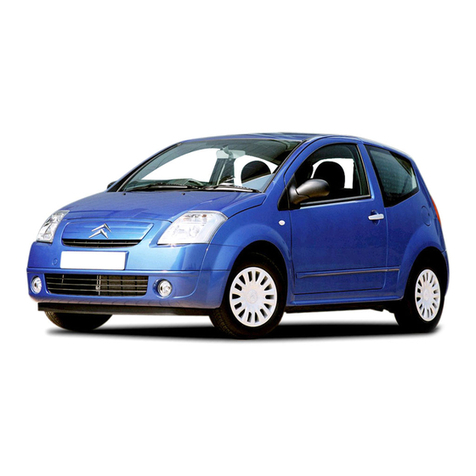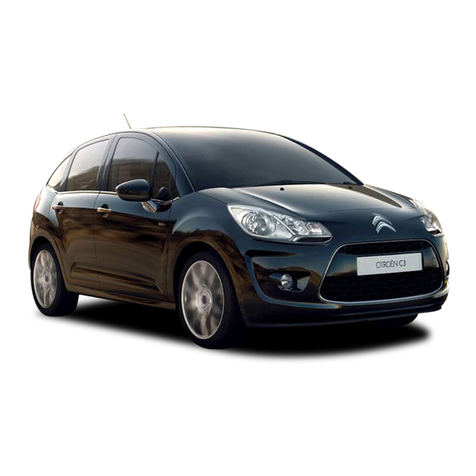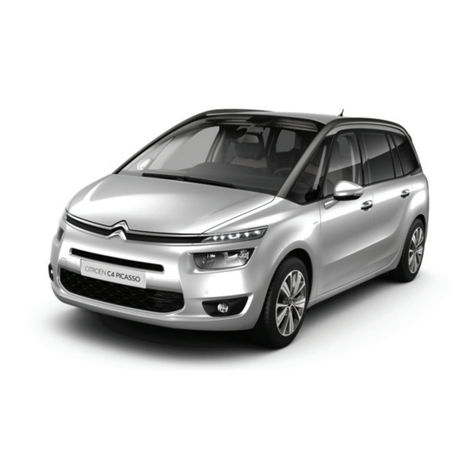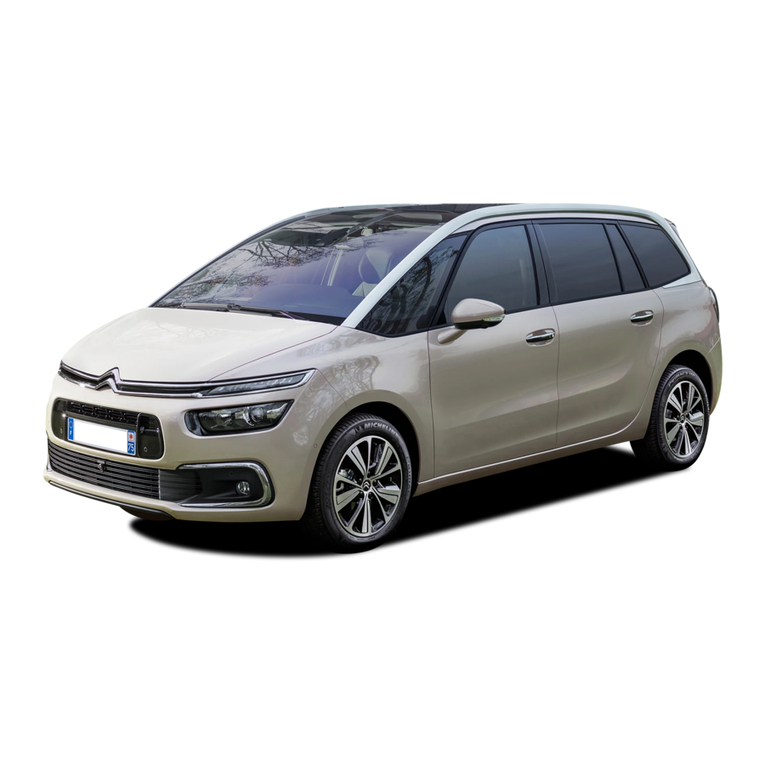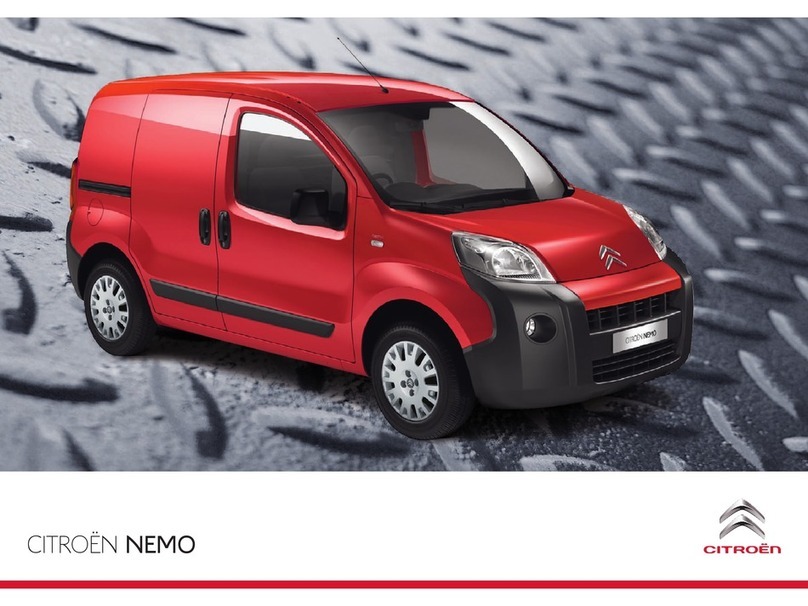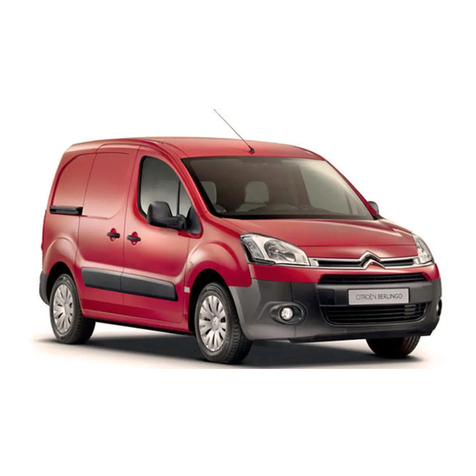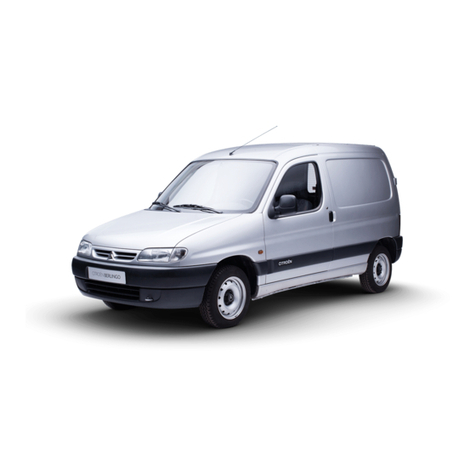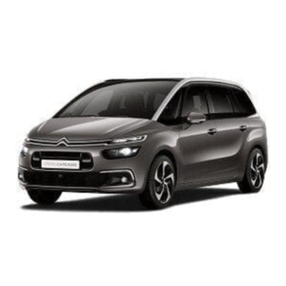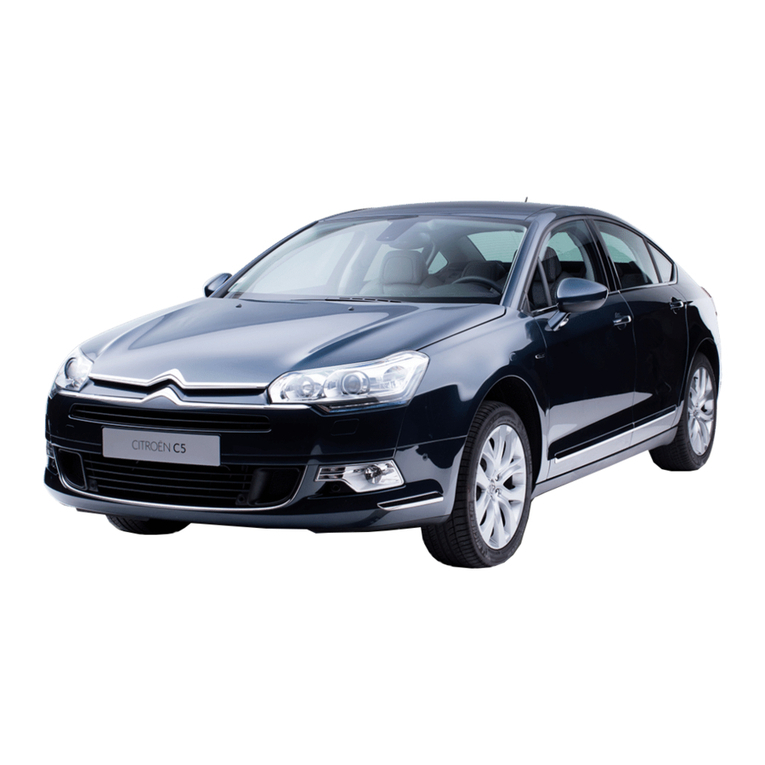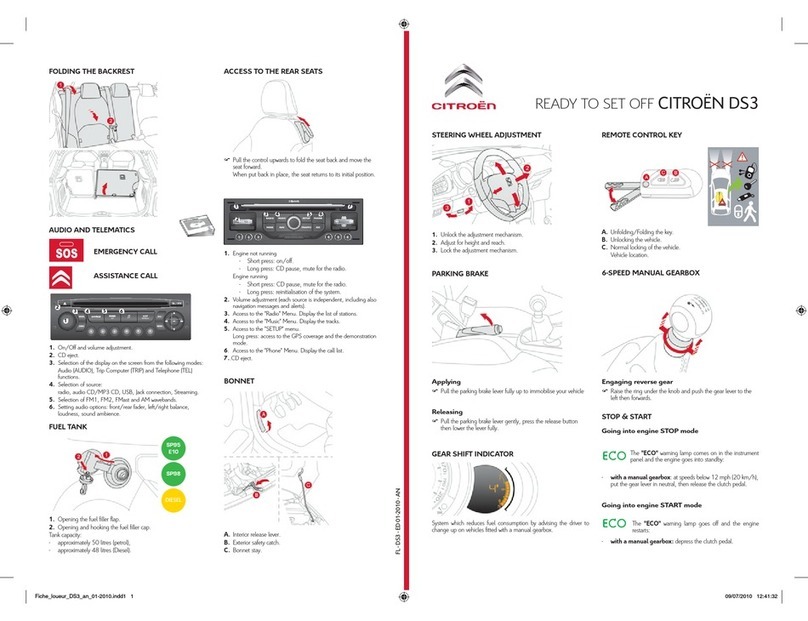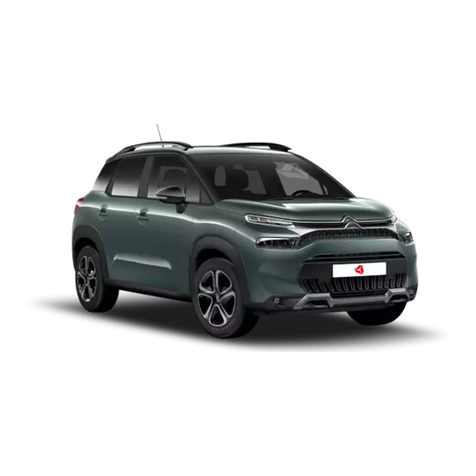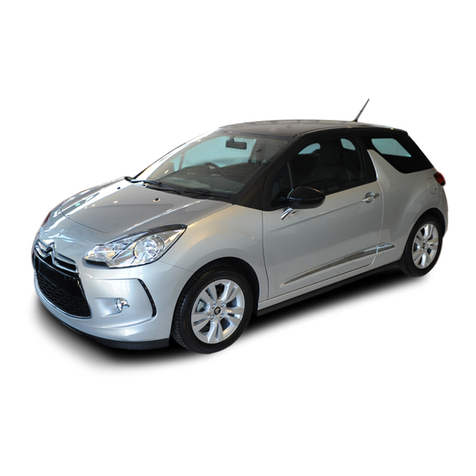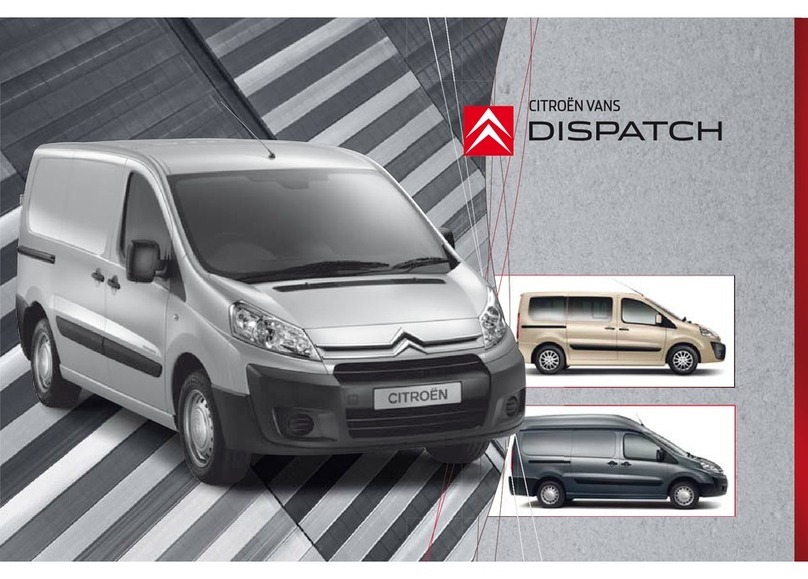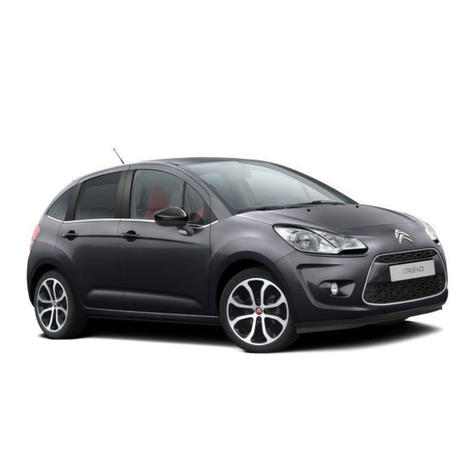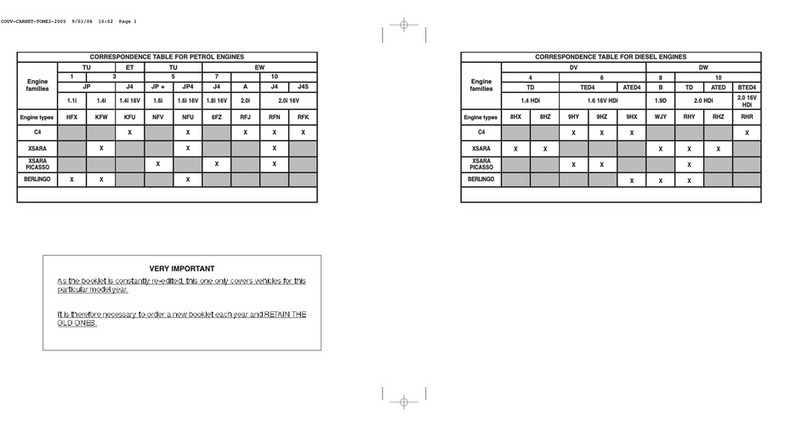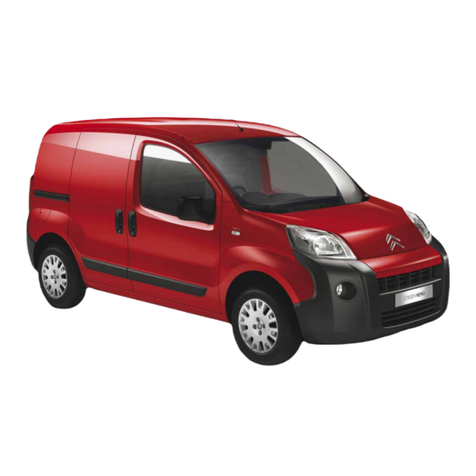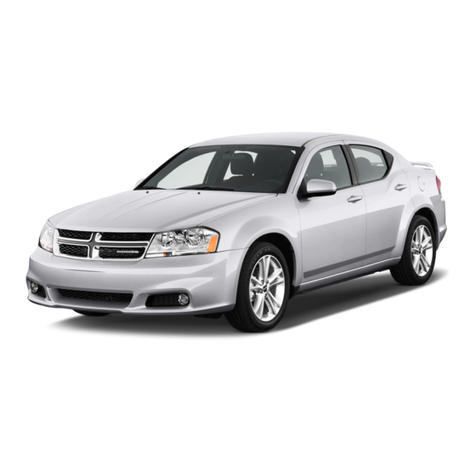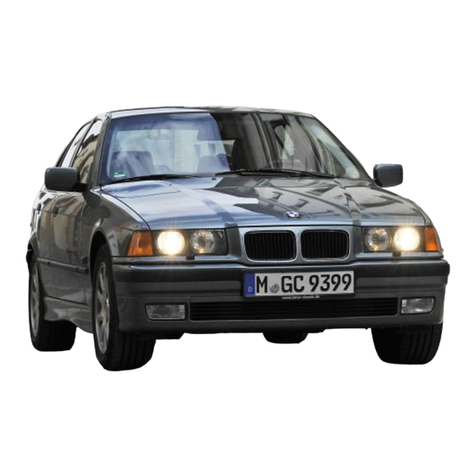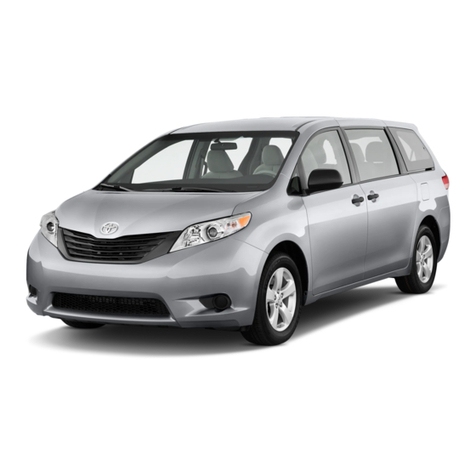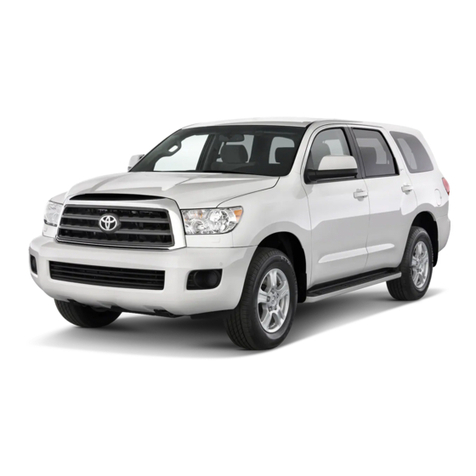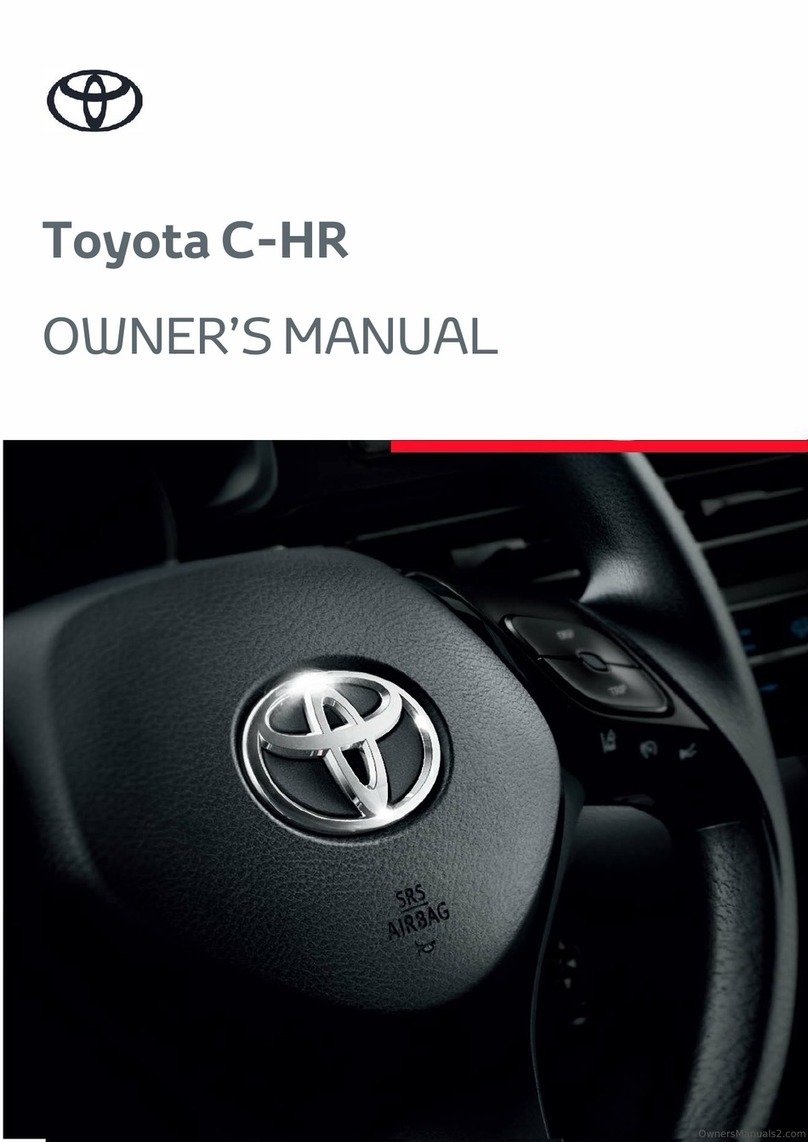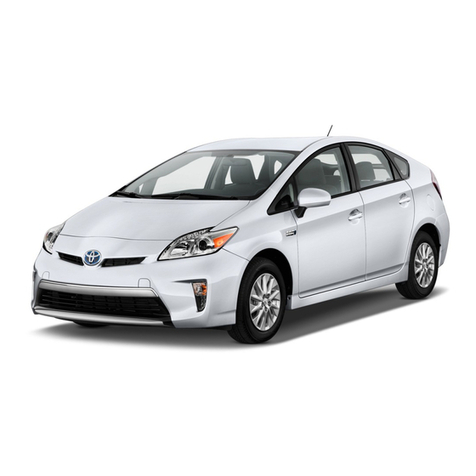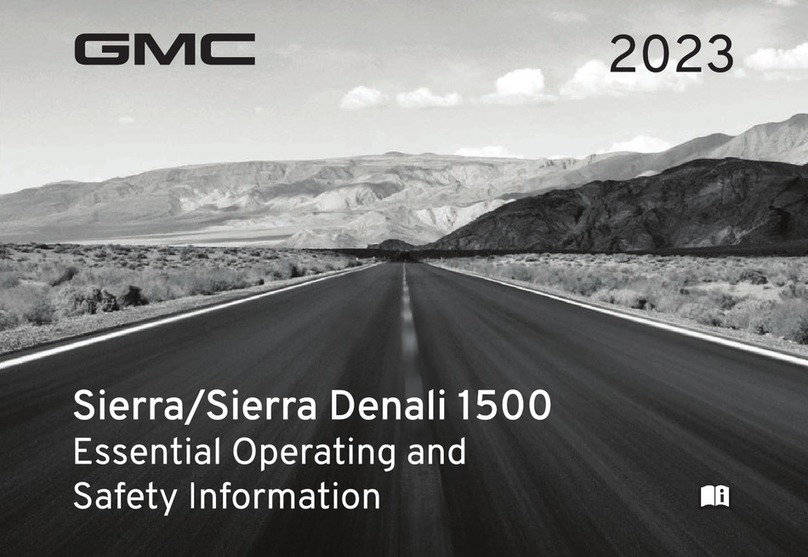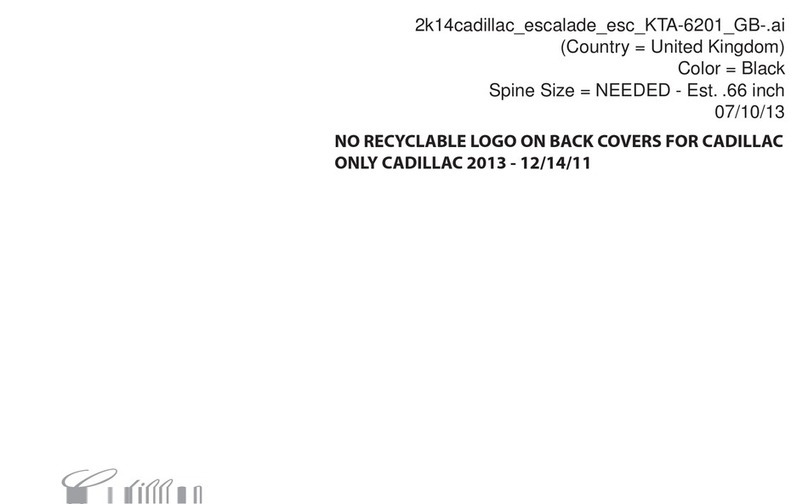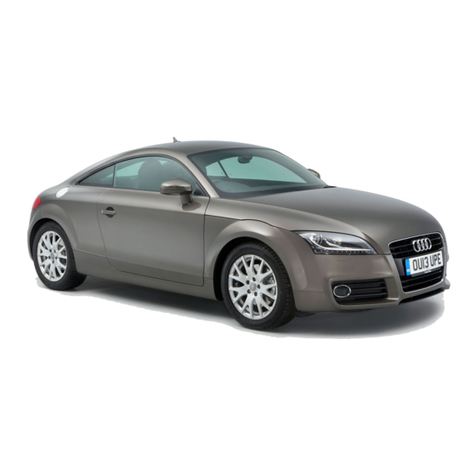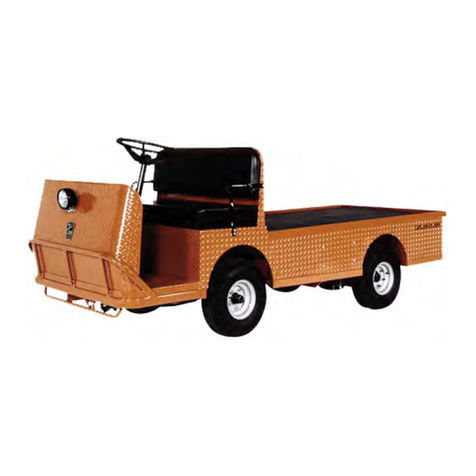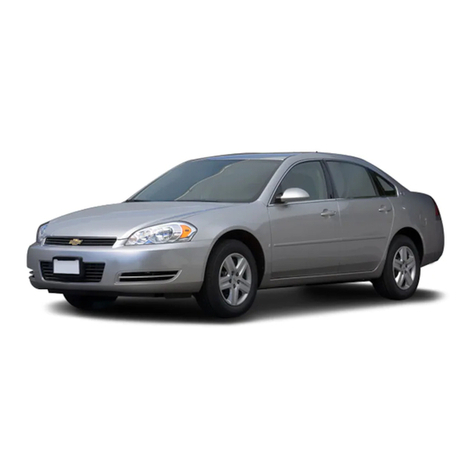
Safety First! 0•5
Workingonyourcarcanbedangerous.
Thispageshowsjustsomeofthepotential
risksandhazards,withtheaimofcreatinga
safety-consciousattitude.
Generalhazards
Scalding
•Don'tremovetheradiatororexpansion
tankcapwhiletheengineishot.
•Engineoil,automatictransmissionfluidor
powersteeringfluidmayalsobedangerously
hotiftheenginehasrecentlybeenrunning.
Burning
•Bewareofburnsfromtheexhaustsystem
andfromanypartoftheengine.Brakediscs
anddrumscanalsobeextremelyhot
immediatelyafteruse.
Crushing
•Whenworkingunderor neara
raisedvehicle,always
supplementthe
jackwithaxle
stands,oruse
drive-onramps.
Never venture
under a car
which is only
supported by
ajack.
•Takecareiflooseningortighteninghigh-
torquenutswhenthevehicleisonstands.
Initiallooseningandfinaltighteningshouldbe
donewiththewheelsontheground.
Fire
•Fuelishighlyflammable;fuelvapouris
explosive.
•Don'tletfuelspillontoa hotengine.
•Donotsmokeorallownakedlights
(includingpilotlights)anywhereneara vehicle
beingworkedon.Alsobewareofcreating
sparks
(electricallyorbyuseoftools).
•Fuelvapourisheavierthanair,sodon't
workonthefuelsystemwiththevehicleover
aninspectionpit.
•Anothercauseoffireisanelectrical
overloadorshort-circuit.Takecarewhen
repairingormodifyingthevehiclewiring.
•Keepa fireextinguisherhandy,ofa type
suitableforuseonfuelandelectricalfires.
Electricshock
•IgnitionHT
voltagecanbe
dangerous,
especiallyto
peoplewith
heartproblems
ora pacemaker.
Don'tworkonor
neartheignition
systemwiththe
enginerunningorthe
ignitionswitchedon.
•Mainsvoltageisalsodangerous.Makesure
thatanymains-operatedequipmentis
correctlyearthed.Mainspowerpointsshould
beprotectedbya residualcurrentdevice
(RCD)circuitbreaker.
Fumeorgasintoxication
•Exhaustfumesare
poisonous;theyoften
containcarbon
monoxide,whichis
rapidlyfatalifinhaled.
Neverrunthe
engineina
confinedspace
suchasa garage
withthedoorsshut.
•Fuelvapourisalso
poisonous,asarethevapoursfromsome
cleaningsolventsandpaintthinners.
Poisonousorirritantsubstances
•Avoidskincontactwithbatteryacidand
withanyfuel,fluidorlubricant,especially
antifreeze,brakehydraulicfluidandDiesel
fuel.Don'tsyphonthembymouth.Ifsucha
substanceisswallowedorgetsintotheeyes,
seekmedicaladvice.
•Prolongedcontactwithusedengineoil can
causeskincancer.Wearglovesorusea
barriercreamifnecessary.Changeoutofoil-
soakedclothesanddonotkeepoilyragsin
yourpocket.
•Airconditioningrefrigerantformsa
poisonousgasifexposedtoa nakedflame
(includinga cigarette).Itcanalsocauseskin
burnsoncontact.
Asbestos
•Asbestosdustcancausecancerifinhaled
orswallowed.Asbestosmaybefoundin
gasketsandinbrakeandclutchlinings.
Whendealingwithsuchcomponentsitis
safesttoassumethattheycontainasbestos.
Specialhazards
Hydrofluoricacid
•Thisextremelycorrosiveacidisformed
whencertaintypesofsyntheticrubber,found
insomeO-rings,oilseals,fuelhosesetc,are
exposedtotemperaturesabove400°C.The
rubberchangesintoa charredorsticky
substancecontainingtheacid.Once formed,
the acid remains dangerous foryears. If it
gets onto the skin, it may be necessary to
amputate the limb concerned.
•Whendealingwitha vehiclewhichhas
suffereda fire,orwithcomponentssalvaged
fromsucha vehicle,wearprotectivegloves
anddiscardthemafteruse.
Thebattery
•Batteriescontainsulphuricacid,which
attacksclothing,eyesandskin.Takecare
whentopping-uporcarryingthebattery.
•Thehydrogengasgivenoffbythebatteryis
highlyexplosive.Nevercausea sparkor
allowa nakedlightnearby.Becarefulwhen
connectinganddisconnectingbattery
chargersorjumpleads.
Airbags
•Airbags cancauseinjuryiftheygooff
accidentally.Takecarewhenremovingthe
steeringwheeland/orfacia.Specialstorage
instructionsmayapply.
Dieselinjectionequipment
•Dieselinjectionpumpssupplyfuelatvery
highpressure.Takecarewhenworkingon
thefuelinjectorsandfuelpipes.
Warning: Never expose the
hands, face or any other part of
the body to injector spray; the
fuel can penetrate the skin with potentially
fatal results.
Remember...
DO
•Douseeyeprotectionwhenusingpower
tools,andwhenworkingunderthevehicle
•Dowearglovesorusebarriercreamto
protectyourhandswhennecessary.
•Dogetsomeonetocheckperiodicallythat
alliswellwhenworkingaloneonthe
vehicle,
•Dokeeplooseclothingandlonghairwell
outofthewayofmovingmechanicalparts.
•Doremoverings,wristwatchetc.before
workingonthevehicle- especiallythe
electricalsystem.
•Doensurethatanyliftingorlacking
equipmenthasa safeworkingloadrating
adequateforthe|ob.
DON'T
•Don'tattempttolifta heavycomponent
whichmaybebeyondyourcapability- get
assistance.
•Don'trushtofinisha job,ortake
unverifiedshortcuts.
•Don'tuseill-fittingtoolswhichmayslip
andcauseinjury.
•Don'tleavetoolsorpartslyingaround
wheresomeonecantripoverthem.Mopup
oilandfuelspillsatonce.
•Don'tallowchildrenorpetstoplayinor
neara vehiclebeingworkedon.



















